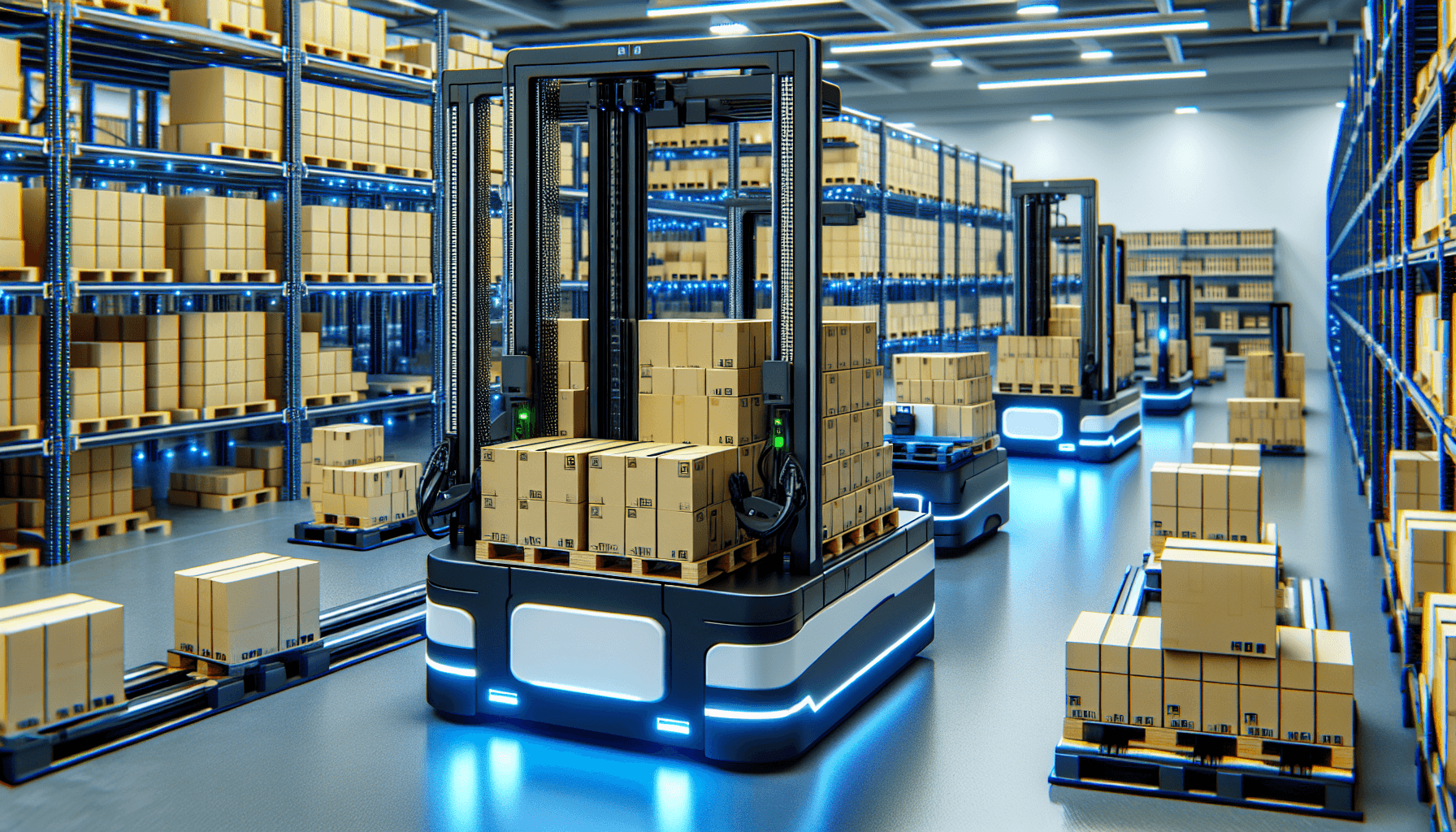Warehouses are essential components of the supply chain, acting as hubs for storing and distributing goods. With the rise of e-commerce and the need for fast and efficient order fulfillment, warehouse operations have become increasingly complex. One of the key factors in optimizing warehouse productivity is the implementation of Automated Guided Vehicles (AGVs).
What are AGVs?
AGVs, or Automated Guided Vehicles, are robotic vehicles designed to perform tasks without direct human intervention. These vehicles are equipped with advanced sensors, cameras, and navigation systems that enable them to move autonomously within a warehouse. AGVs are programmed to carry out tasks such as transporting goods, picking and placing items, and even inventory management.
By utilizing AGVs, warehouses can streamline their operations and overcome various challenges associated with manual labor. These innovative machines offer a range of benefits that contribute to improved productivity, efficiency, and safety in warehouse environments.
The Benefits of AGVs
1. Increased Productivity:
AGVs can operate 24/7 without breaks or fatigue, significantly increasing the overall productivity of warehouse operations. These vehicles can efficiently move goods from one location to another, reducing the time spent on manual transportation. With AGVs handling the repetitive and labor-intensive tasks, warehouse employees can focus on more value-added activities, such as order picking or quality control.
2. Enhanced Efficiency:
The utilization of AGVs in warehouse operations eliminates human errors caused by fatigue, distraction, or human limitations. These vehicles are programmed to follow predetermined paths, ensuring precise movements and reducing the chances of accidents or damage to goods. Additionally, AGVs can optimize routes and adjust their speed, leading to faster and more efficient movement within the warehouse.
3. Improved Safety:
With AGVs handling transportation tasks, the risk of accidents and injuries related to manual material handling is significantly reduced. AGVs are equipped with advanced safety features, such as obstacle detection sensors and emergency stop capabilities, ensuring a safe working environment. This allows warehouse employees to work alongside AGVs without compromising their safety.
4. Flexibility and Scalability:
AGVs can be easily programmed and reprogrammed to adapt to changing warehouse requirements. Whether it’s modifying the path, adding or removing tasks, or adjusting the fleet size, AGVs offer flexibility and scalability to meet the evolving needs of the warehouse. This flexibility allows warehouses to efficiently manage peak periods and handle varying levels of demand.
5. Cost-Effectiveness:
Although the initial investment in AGVs might seem significant, their long-term cost-effectiveness is undeniable. By reducing labor costs and minimizing the risk of damaged goods, AGVs contribute to significant savings for warehouse operations. Moreover, AGVs have a longer lifespan compared to traditional manual equipment, resulting in reduced maintenance and replacement costs over time.
6. Real-time Data and Analytics:
AGVs are equipped with sensors and cameras that collect real-time data during their operations. Warehouse managers can gather valuable insights from this data, allowing them to make informed decisions and optimize warehouse processes. By analyzing AGV data, managers can identify bottlenecks, improve traffic flow, and enhance overall warehouse efficiency.
Implementing AGVs in Warehouses
Implementing AGVs in a warehouse requires careful planning and consideration of various factors. Here are some key steps to follow when deploying AGVs:
- Assess Warehouse Layout and Infrastructure: Evaluate the warehouse layout to determine the best placement of AGV routes and charging stations. Ensure that the infrastructure, such as the flooring and lighting, supports AGV operations.
- Identify Suitable AGV Tasks: Analyze warehouse operations to identify tasks that can be automated and performed by AGVs. Focus on repetitive, time-consuming tasks that can benefit from increased productivity and accuracy.
- Choose the Right AGV Type: Select AGVs that are specifically designed for the identified tasks and can navigate the warehouse environment effectively. Consider factors such as load capacity, speed, and battery life.
- Integrate AGVs with Warehouse Management Systems (WMS): Integrate AGVs with the existing WMS to ensure smooth coordination between AGVs and other warehouse processes, such as inventory management and order fulfillment.
- Train Employees: Provide proper training to warehouse employees to familiarize them with AGV operations and safety protocols. This ensures a smooth transition and cooperation between employees and AGVs.
- Monitor and Optimize: Continuously monitor AGV performance and gather data to identify areas for improvement. Regularly optimize AGV routes, tasks, and fleet size to maximize productivity and efficiency.
Implementing AGVs in a warehouse can revolutionize its operations and drive significant improvements in productivity, efficiency, and safety. To learn more about warehouse AGV deployment and how HCO Innovations can help optimize your warehouse operations, visit hcoinnovations.com/warehouse-agv-deployment.

